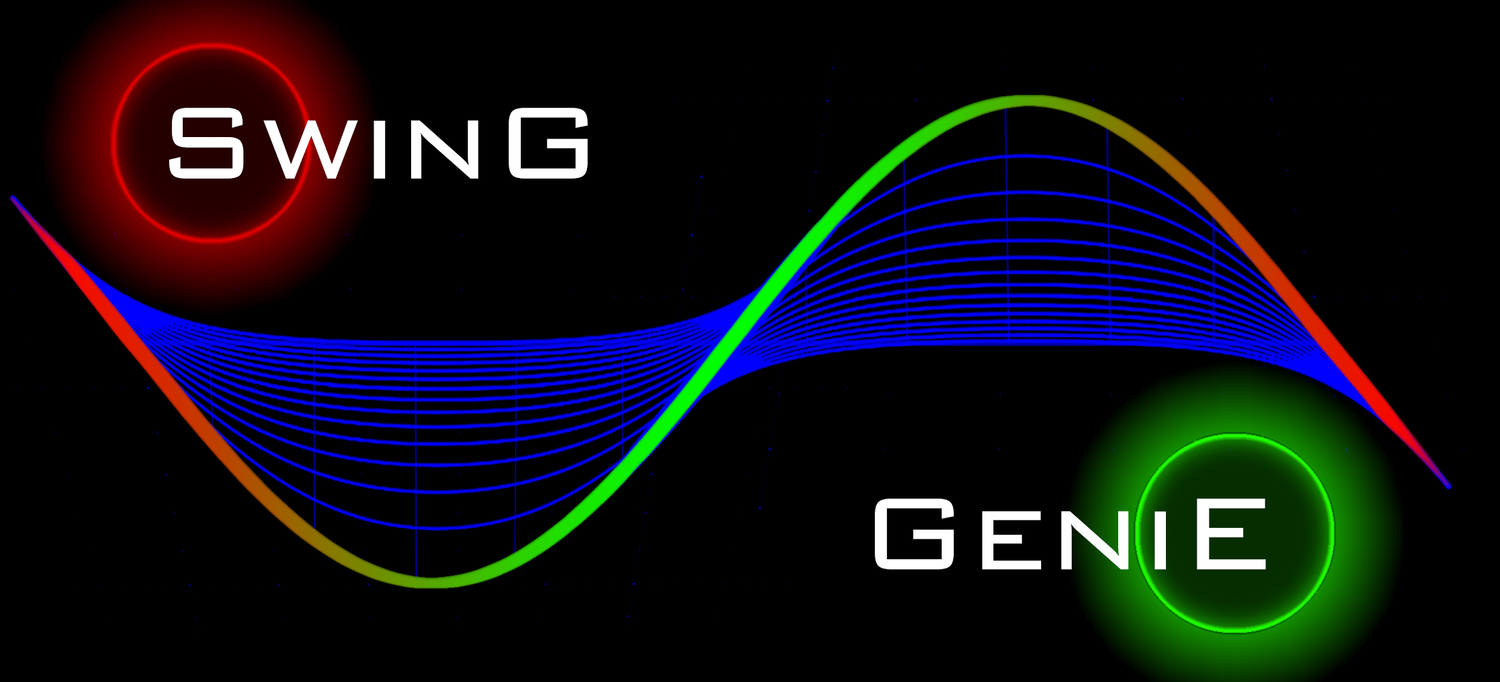Closing Score discloses to traders the sentiment of the traders in control of the current price. If we can accurately determine trader’s sentiment, we can determine where the equity price is heading.
Closing Score utilizes a very simple concept and formula to determine the trader's collective sentiment. The formula (((Close – Low) / (High – Low) * 100)) produces a range that is extracted from the true range of the stock’s activity. The High to the Low within the time frame / bars you have chosen. The final output of the formula produces a finite score, between 0 and 100 that indicates to the trader, what the sentiment of the traders where, at the conclusion of this bar or at the end of the trading day. This is displayed on a graph with 10 horizontal stratifications (shown below) each representing 1/10 of the indicators total range of 100. The final dots utilized to indicate the output of this indicator are then rounded to allow placement within the graphs stratification.
The closer the indicator's outputted signal comes to either extreme, zero or 100, the stronger the correlation is between the closing score and future price movements. 97 to 100 are very strong positive signals. 0 to 3 are very negative signals and both have been validated as statically significant, Three-Sigma-Signals. Additionally, we have added an interior band within the placement of the dots to indicate that their proximity is within 3% of the extreme reading of this indicator. If the volume is above the 14 day moving average it is indicated by placing a dot within the center of the indicator dots to denote a volume confirmation of this specific indicators signal. Dots that are both within the statistically relevant, extreme range and the volume for these bars were above the 14 day moving average produce a bulls-eye.
If you study or use candlestick analysis in your trading, you can think of Closing Score as an automatic candle stick analysis tool. Take a look at any candlestick pattern and compare the point of the closes in that pattern with its corresponding closing score and you will see a very strong correlation, greater than 95%, between what the Closing Score indicates and what the candlestickpattern is indicating.
There is an in-depth explanation of this indicator on our website as well as multiple resources related to understanding trader emotions and sentiment. This indicator was published in the Journal of Technical Analysis of Stock and Commodities; June, 2016 by Michael Slattery.
Access this Genie indicator for your Tradingview account, through our web site. (Links Below) This will provide you with additional educational information and reference articles, videos, input and setting options and trading strategies this indicator excels in.
Longer bodies indicate more intense buying or selling pressure fueled by strong sentiment within the traders of this equity. Because long candles are both reflecting and indicating momentum within this stock they can be utilized to infer that the trend aligning with the current direction will continue. Turning points occur at or after several small bars with red backgrounds.
Wide range candles can be excellent indicators of extreme fear and greed. "The trend is you friend," has always been excellent trading advice, but when you see a large or long candle, it is confirming the near term trends directions and provides very good coverage to your trade.
When you see compression dots (described below) start watching all of the other SDG's indicators for entry signals. When you find a conformation signal or Candle Body Size displays an expansion dot signal (also described below) your long entry or short entry decision will become easier and can be made with a higher level of confidence.
Short candlesticks indicate a diminishing level of interest, extending to and including indifference. Narrow range candles imply low volatility. Small price differences are often produced during periods of consolidation. Take a look at the Closing Score and Long Tail Counts indicator, to see if institutions are accumulating shares during this period of consolidation. Narrow range candles are often seen in advance of a change in direction. The smaller or more constricted this range becomes, the more likely a change is forthcoming.
This expansion produces a green background color or flag, behind the bars indicating candle body size. When the bar lengths are contracting relative to prior trading days, the background color turns red. These background flag indicators are calculated utilizing a percentage of the moving average envelope.
Candle body size provides the trader with areas that produce a greater likelihood of potential trend reversals. Price direction changes often occurs between the conclusion of a period of contraction of the candle body size and at the first significant expansion of the candle body signifying the beginning of a period of expansion. This pattern is the same regardless if the trend is advancing upward or downward. The dark red and dark green background flags of this indicator are indicating the corresponding areas of contracting candle bodies or expanding candle bodies.
Each of the following indicator options can be turned on or off in the format pallet.
"B" Demonstrates each candle's relative body size. We have utilized a small adjustment to the typical candle body size definition of Open - Close. Because we are attempting to extract sentiment from this indicator we have added back into this value, 1/10 of the true range of the day's trading bar.
The red down and green up colors of these bars are produced utilizing a signal called "SigmaSpikes." SigmaSpikes indicates the standard deviation of the percentage change of the stocks trading range compared to a loopback period that you can change in the format pallet. The author of SigmaSpikes recommends using a 20 day period. The default setting utilized in this indicator is 14 days. The advantage of SigmaSpikes is two fold. First they provide an indication of the relative volatility of any specific bar while at the same time the color indicates the current trends direction.
"D" is the same candle body size indicator with expansion - contraction dots turned on. These dots are the primary indicator signal produced by Candle Body Size Indicator.
There are three types of dots. The colored dots that align along the zero line are compression dots. These dot occurs when the candle body size has diminished to a small percentage of the current body size's moving average. The default setting for these dots are: the moving average is set to 14 days and the "Test," threshold is set at 0.25. You can of course experiment and adjust these setting to accommodate your trading style. The color of these dots is determined by the SigmaSpike signal.
Doji's are also indicated by gold dots along the zero center line. They are often obscured by the red or green compression dots because by there very nature, dojo's are candles with relatively small bodies.
The expansion dots appear when the current body width is greater that the envelope produced by the current bodies moving average. This envelope is set at a fixed increment of 2.25 time the current moving average. This comparison is adjustable utilizing the moving average length in the format pallet. The Moving Average Envelope (Gold lines with gold fill) can be turned on or off in the format pallets. Because an important information element of the Candle Body Size indicator is provided by the SigmaSpike indicator we have also provided an option to view the Standard Deviation Envelope (Dark Blue line with blue fill) which can also be turned on or off in the format pallet.
(E) is the configuration of Candle Body Size that I utilize. It provides the most information in the cleanest, easiest to read configuration.
Stocks trade in the same direction as large ranging candles. This is an important component of SDG's dot color calculations. It shows a high level of interest and determination by traders that gets translated into momentum.
Combining this information with the closing score provides you with compelling insight into what the traders are thinking and feeling about this equity. These two indicators are incorporated along with volume to produce the outside ring of the SDG ring system.
Obviously we are taking candlestick interpretation and greatly refining it so that the output is simple, intuitive, accurate and obvious.


















